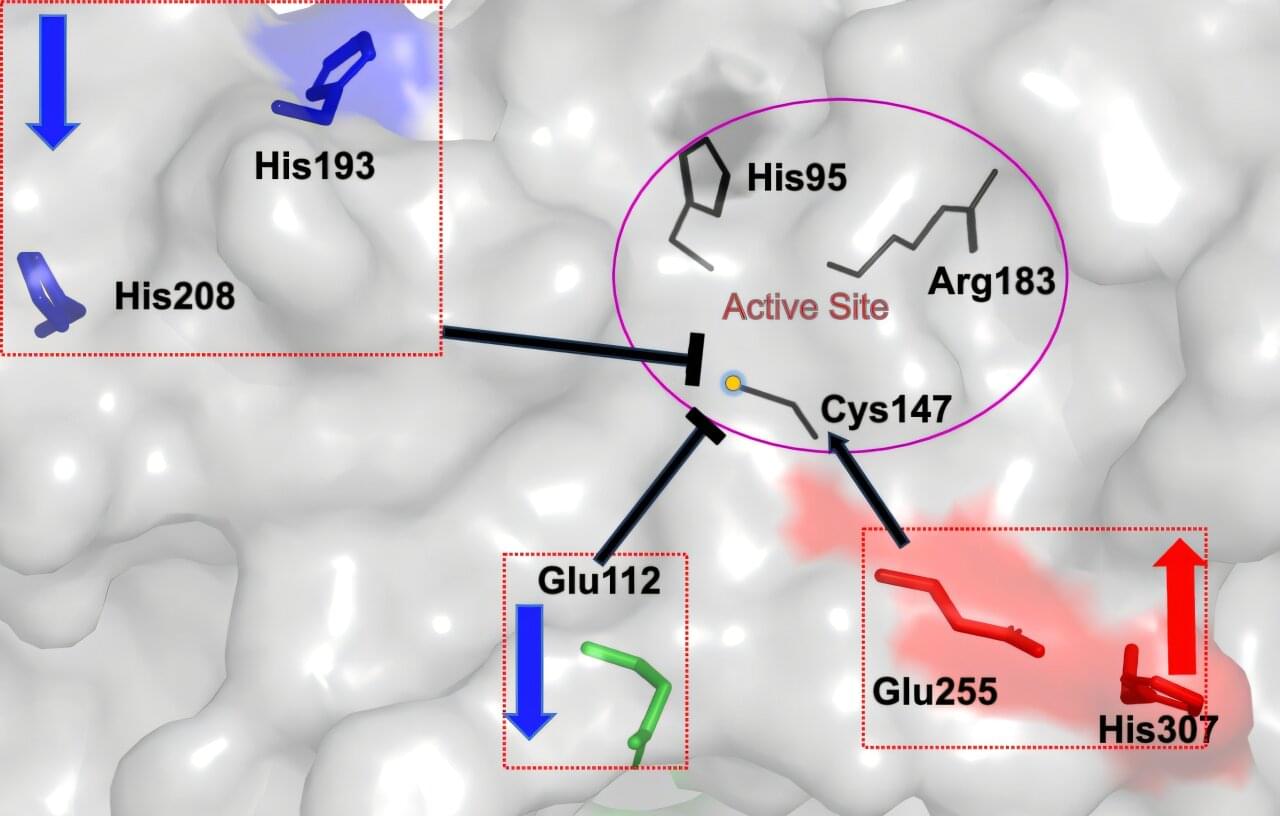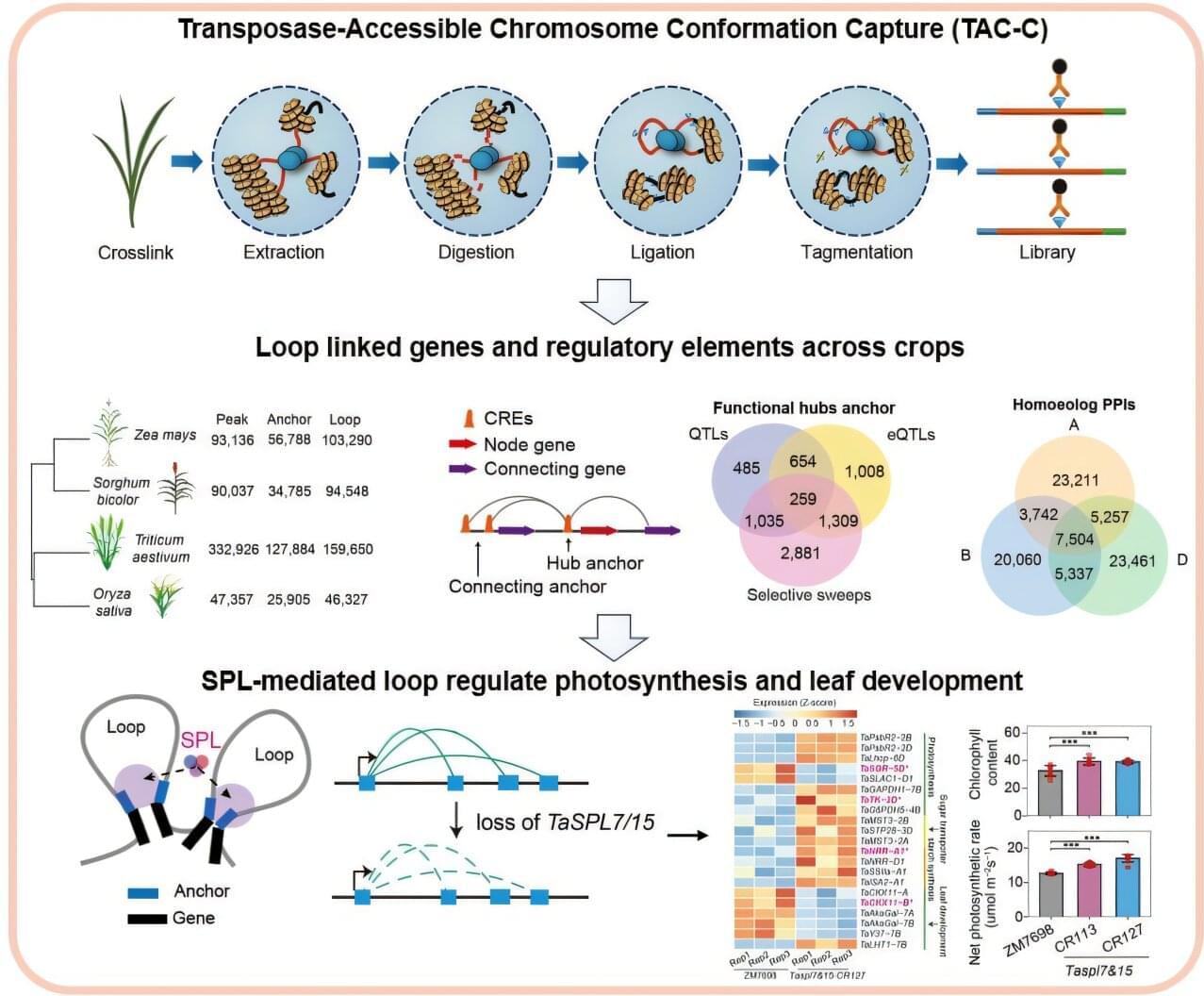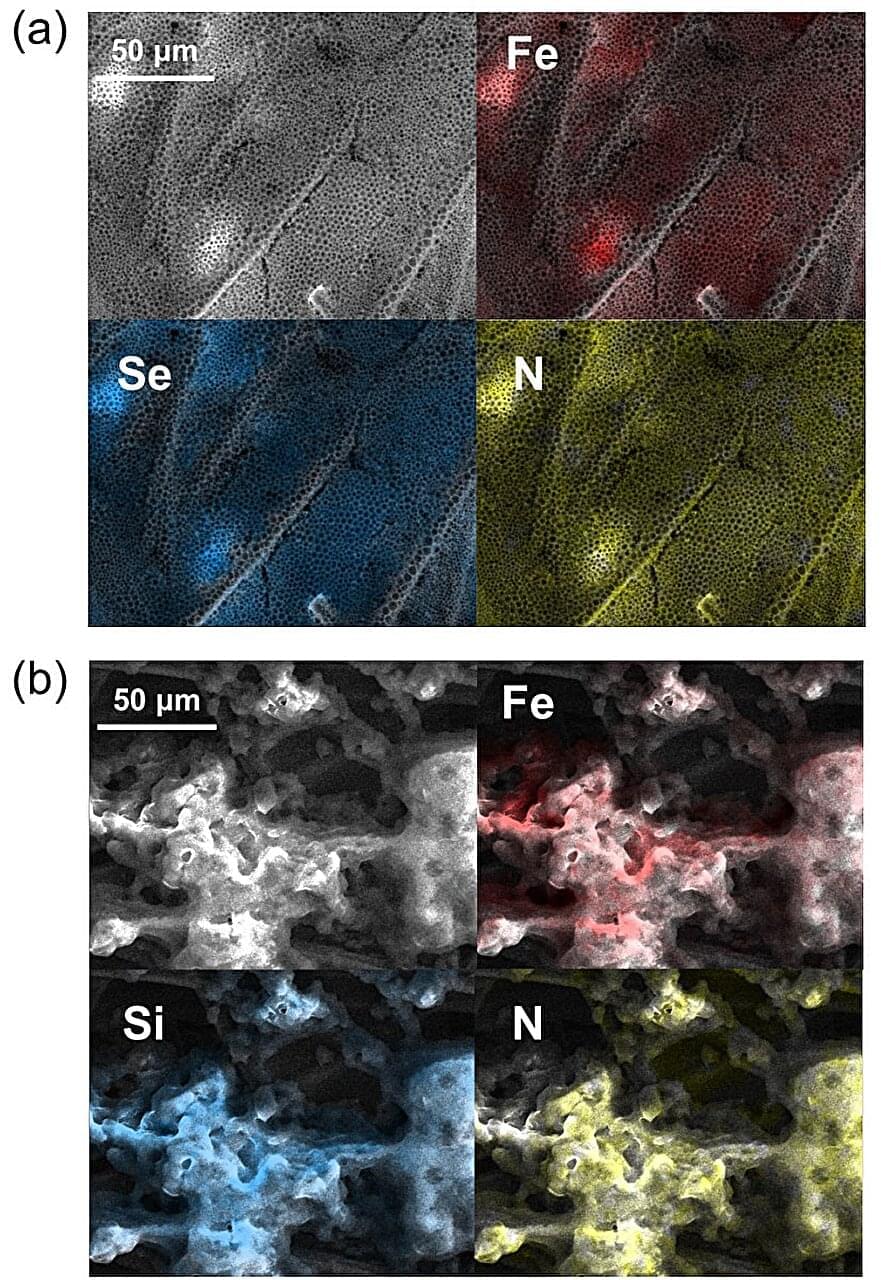Researchers engineered a quantum material with superconducting and topological traits, opening the door to ultra-efficient electronics.



Erwin Schrödinger’s famous thought experiment has always been deeply misunderstood. In this article I’d like to explain how, if understood properly, it might shed new light on the mechanism by which consciousness evolved.
Schrödinger’s cat and schrödinger’s hat
The purpose of Schrödinger’s thought experiment was to highlight serious problems in the (then very new) “Copenhagen Interpretation” of Quantum Mechanics (CI). The CI was a bit of a botch-job, because the founders of QM had no idea how to “interpret” the strange new physics they had discovered. The CI says quantum systems remain in a superposition (a “smeared out” state where everything than can happen is somehow happening in parallel) until measured, but does not define what counts as a “measurement”, or why. Schrödinger always rejected this idea, and his thought experiment was intended to demonstrate why. He proposes a sealed box (so no “measurements” can take place), in which has been placed a cat, and a quantum source with a 50% probability of releasing poison. According to the CI, so long as the system inside the box remains “unmeasured”, the poison has both been released and not-released and therefore that cat is both dead and alive.


Whether you are lucky enough to have a cat companion or must merely live this experience vicariously through cat videos, Felis catus is a familiar and comforting presence in our daily lives. Unlike most other feline species, cats exhibit sociality, can live in groups, and communicate both with other cats and humans, which is why they have been humans’ trusted accomplices for millennia.
Despite this intimacy, there is still much that we don’t know about our feline friends. Numerous behavioral studies have been conducted on other mammal species, but relatively few on cats.
In part to fill this gap, a team of researchers at the Wildlife Research Center of Kyoto University are investigating the genetic background of cats’ behavioral traits. Specifically, they aim to understand the association between traits like purring and variation in the androgen receptor gene. Though the exact function of purring remains unclear, previous studies have indicated that it is beneficial for feline communication and survival.
Very soon after the Big Bang, the universe enjoyed a brief phase where quarks and gluons roamed freely, not yet joined up into hadrons such as protons, neutrons and mesons. This state, called a quark-gluon plasma, existed for a brief time until the temperature dropped to about 20 trillion Kelvin, after which this “hadronization” took place.
Now a research group from Italy has presented new calculations of the plasma’s equation of state that show how important the strong force was before the hadrons formed. Their work is published in Physical Review Letters.
The equation of state of quantum chromodynamics (QCD) represents the collective behavior of particles that experience the strong force—a gas of strongly interacting particles at equilibrium, with its numbers and net energy unchanging. It’s analogous to the well-known, simple equation of state of atoms in a gas, PV=nRT, but can’t be so simply summarized.

In a new Physical Review Letters study, researchers have successfully followed a gravitational wave’s complete journey from the infinite past to the infinite future as it encounters a black hole.
Reported by scientists from the University of Otago and the University of Canterbury, the study represents the first time anyone has captured the full cause-and-effect relationship of gravitational wave scattering in a single simulation.
The researchers are tackling the scattering problem in gravitational physics. In other words, they want to understand what happens to gravitational waves when they encounter massive objects (like black holes) and scatter off them.

In a discovery three decades in the making, scientists at Rutgers and Brookhaven National Laboratory have acquired detailed knowledge about the internal structures and mode of regulation for a specialized protein and are proceeding to develop tools that can capitalize on its ability to help plants combat a wide range of diseases.
The work, which exploits a natural process where plant cells die on purpose to help the host plant stay healthy, is expected to have wide applications in the agricultural sector, offering new ways to protect major food crops from a variety of devastating diseases, the scientists said.
In a study published in Nature Communications, a team led by Eric Lam at Rutgers University-New Brunswick and Qun Liu at Brookhaven National Laboratory in New York reported that advanced crystallography and computer modeling techniques have enabled them to obtain the best picture yet of a pivotal plant protease, a protein enzyme that cuts other proteins, known as metacaspase 9.

Organic light emitting diodes, or OLEDs, are a type of photoluminescence device that utilizes organic compounds to produce light. Compared to traditional LEDs, OLEDs have shown to be more efficient, can be built into super-thin and flexible materials, and have higher dynamic range in image quality. To further develop better OLEDs, researchers around the world work to understand the fundamental chemistry and physics behind the technology.
Now, researchers at Kyushu University have developed a new analytical model that details the kinetics of the exciton dynamics in OLED materials. The findings, published in Nature Communications, have the potential to enhance the lifetime of OLED devices, and accelerate the development of more advanced and efficient materials.
Fluorescence devices like OLEDs light up because of excited electrons, or excitons. When you add energy into atoms, their electrons get excited and jump to a higher energy state. When they come back down to their regular energy state, they produce fluorescence.

Chinese researchers have developed a technology that sheds light on how the three-dimensional (3D) organization of plant genomes influences gene expression—especially in photosynthesis.
The research, which was led by Prof. Xiao Jun at the Institute of Genetics and Developmental Biology of the Chinese Academy of Sciences, in collaboration with BGI Research, is published in Science Advances.
The innovative method not only provides a more precise tool for understanding the intricate 3D interactions between genes, but also highlights the critical role of long-range chromatin interactions in gene regulation.

Enantiomers, or molecule pairs that are mirror images of each other, make up more than half of FDA-approved drugs in use today, including those used in treatments for cancer, neurologic diseases and arthritis. Separating enantiomers is critical for drug manufacturing because the effect of each molecule in the pair can be very different—for example, one enantiomer might cure a headache while its mirror-image could cause a headache.
Faster and more accurate enantiomer separations would help with the overall drug discovery and screening process, but by their very nature, enantiomers—which have identical compositions and only differ by not being superimposable (think left hand and right hand)—are notoriously difficult to separate.
An effort by a group of researchers at the University of Illinois Urbana-Champaign to find an efficient, sustainable way to perform these critical enantiomer separations is the focus of a new study published in the Journal of the American Chemical Society.